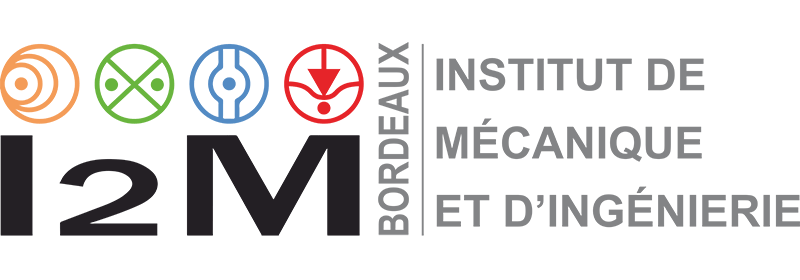In situ characterisation of dynamic fracture in $Al_2O_3$ using ultra-fast X-ray phase contrast radioscopy: effects of porosity and crack speed
Résumé
The dynamic fracture properties of porous ceramics were studied using single bunch synchrotron X-ray phase contrast imaging. The modified brazilian geometry was used to initiate and propagate a pure mode I crack. The specimen was compressed using the Split Hopkinson bars at strain rates of the order of $10^2 $s$^{−1}$. Main cracks were isolated for four different grades of $Al_2O_3$, one dense alumina, and three porous grades with 20% to 60% porosity. The maximum measured crack velocities for three grades is of the order of 0.6 c$_R$ and 0.4 c$_R$ for the most porous. The fracture energy was estimated using a FE numerical simulation to quantify the influence of inertial effects induced by crack propagation. The results show that these inertial effects are far from negligible (up to 80% of the stored energy) and that the dynamic correction factors known from the literature tend to overestimate the fracture energy. The values obtained vary from 22 J/m$^2$ for the densest to 5 J/m$^2$ for the most porous.
Fichier principal
 In_situ_characterisation_of_dynamic_fracture_in_Al.pdf (2.82 Mo)
Télécharger le fichier
In_situ_characterisation_of_dynamic_fracture_in_Al.pdf (2.82 Mo)
Télécharger le fichier
| Origine | Publication financée par une institution |
|---|---|
| licence |







